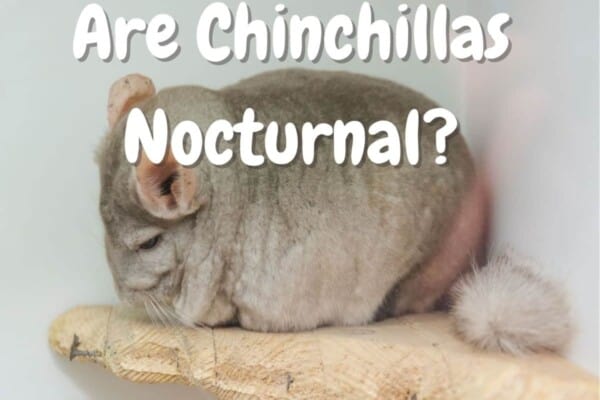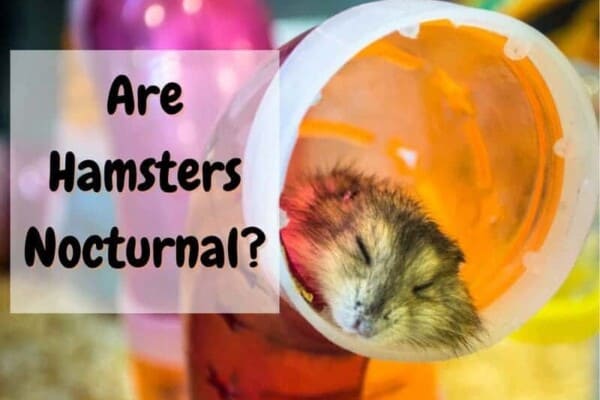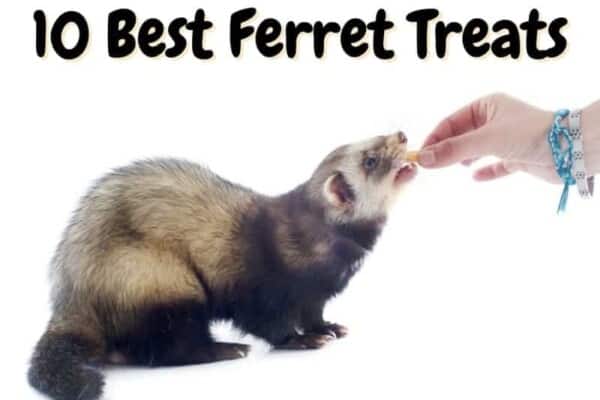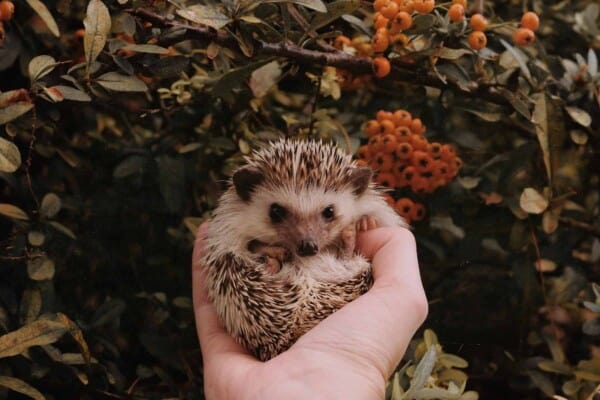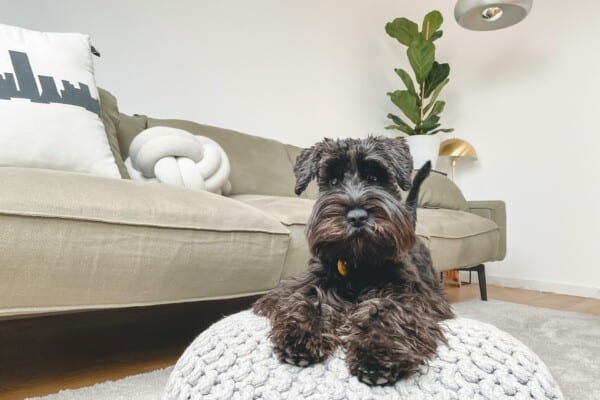Grooming a chinchilla like a pro just takes a little bit of practice. To get to this point, you do need the right equipment and have a delicate touch.
In this guide, we will cover everything you need to know about chinchilla grooming, from his fur to his nails and teeth. Here’s how you can have a chinchilla that is cleaner, healthier, and happier.
What Is Included in Grooming a Chinchilla?
Your chinchilla is a furry and fluffy little creature that has lots of lush furs. They have adapted to have thick coats because of the geography they lived within. For the sake of grooming, a chinchilla in captivity will need special care to keep its coat from getting matted.
Because of their cage, they may be scampering around their environment, foraging, and keeping themselves busy. At times, they might not be aware they are unintentionally getting dirty throughout their daily activities. They will also be eating food, peeing, and pooping, so it only makes sense that cleaning them is essential.
So what exactly does it mean to groom them? This means that you need to make sure they take frequent dust baths and introduce them to combing to remove dead fur. This can also be helpful to get rid of matted spots on their fur from their underside.
Get them used to this when they are young, so they won’t resist and begin to like being groomed. Once they find that it does not harm them, they will be comfortable having their fur cleaned regularly. This can also include other chinchilla body parts that need trimming as you will find out.
If you don’t groom your chinchilla, the amount of dead fur will contribute to skin problems and proper fur growth. It will also make it harder for dust baths to be effective. So a good grooming schedule is a normal part of a good chinchilla care routine.
How do you groom a chinchilla?
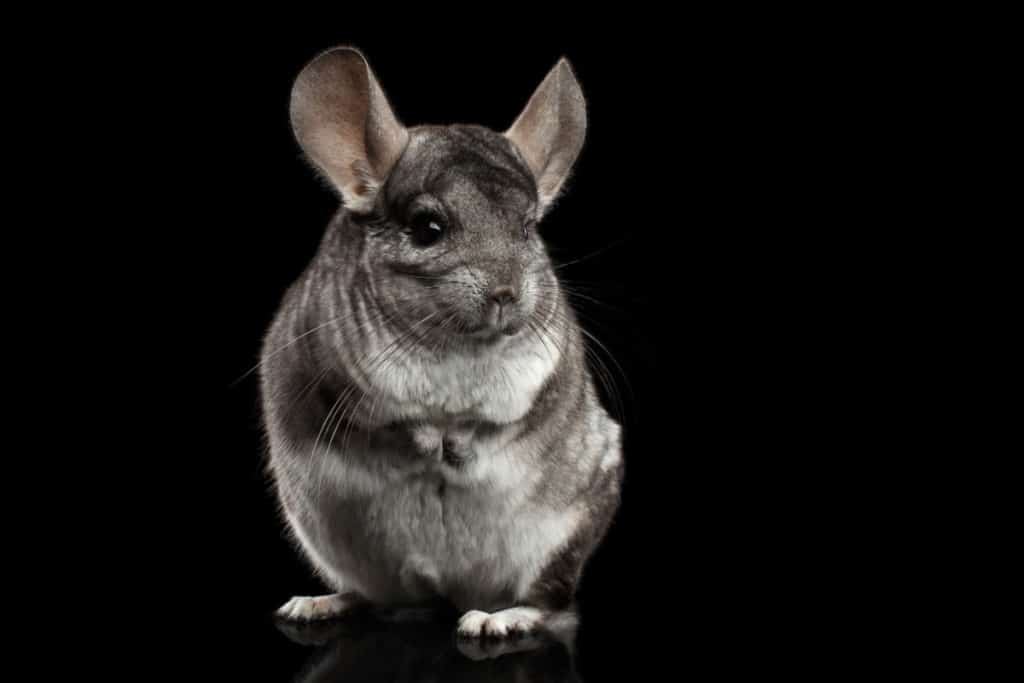
It all begins with the fur since this is what a chinchilla is best known for. Nails and teeth are not so important, yet when it comes down to scratches, trimming their nails can be a good point
Always comb along the grain of the fur to keep from snagging the natural direction that it grows. It will take several passes to remove any loose fur underneath the surface layer using progressively smaller combs. Once you get down to the smallest and finest comb you use, their fur will be very soft and full of air.
This is all the more reason to give them a dust bath, so the fine pumice can remove even more oil from their skin. Older chinchillas will also like being groomed if you live in a warmer climate than they normally experience. Here are the main areas that need chinchilla grooming.
1. Head and cheeks
Chinchilla’s head has very generous amounts of fur along the top of its head. The cheeks especially are fluffy making their neck nearly impossible to see. Using the brush, you start with gentle strokes forward and down to the base of the neck.
This is followed by brushing the sides in a similar manner and along the direction of the fur. Never brush against the fur. You will need to repeat this with smaller and finer brushes to reach the down-like fur that is at the base of their follicles.
2. The back and hind legs
This is a lot easier than the head, so at first, you will need to take some practice runs. If your chinchilla is not moving around much this is a lot easier. Watch out for the folds of skin on the hind legs. Just make general swipes that are slow and consistent.
Sooner or later, your chinchilla will not mind this combing and you can continue without interruption. The biggest limitation is the area around the hind legs that can snag their skin. Take extra care if they start hopping around.
3. The chest and stomach
This is going to be a bit of a challenge and you might do better laying them on their back (if they let you). Start with their neck and work your way over their chest and stomach. This is where a majority of the snags will be, so be very careful.
Start with the large comb you have and get out the bigger matted areas with a lot of care. The amount of fur that you are collecting will sometimes be as large as your chinchilla. If you do this more often, you will see a reduction in these furballs.
4. The tail and underside
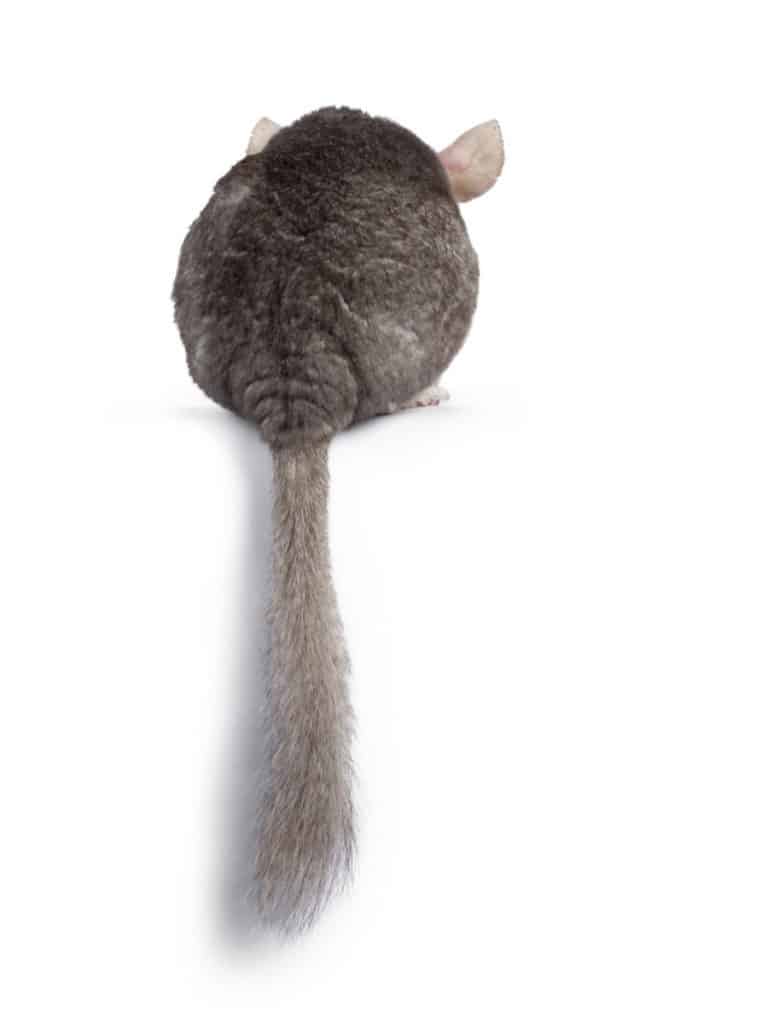
This is going to be the hardest part of your task, so take extreme care. Watch out for their genitalia, which obviously will be sensitive to being disturbed. A lot of the matted and smashed fur will be on their underside.
Very dirty chinchillas will also need some matted fur removed with rounded cuticle scissors. Take extreme care to only cut loose matted fur that is too stiff to be combed through. You should also expect that this won’t be easy the first time they’re being groomed.
What products should I get before I start grooming my chinchilla?
Having a complete grooming kit is going to be essential for your chinchilla, so don’t skimp on quality products. Here is a list of items that will be important to use with descriptions of what they do.
1. Comb grooming set
A good commercial comb set should include 4 different combs that all have different measurements in between each comb wire. Start with the widest comb and work your way down to the finest comb. This helps collect fur at the very base of their follicles. Since there are 50-70 hairs per follicle, these combs will remove dead fur along the way. The most important part you need to remember is that chinchilla hair is thick and softer toward the follicle.
2. Safety scissors
These are also called cuticle scissors that have rounded ends that don’t poke anything. These are especially helpful at cutting through matted fur clumps that are mucked-up with poop or extra greasy fur. These clumps will need loosening before they can be removed completely.
Once this fur is matted together, it’s as good as trash and has to be trimmed off. It will be next to impossible to comb through, hence the need to trim it away first. Only trim the edges you can see and be careful of nicking their skin as you nip away around these clumps.
3. Nail clippers
Since a chinchilla has such tiny nails, some clippers have built-in magnifier glasses. The hind legs are the major problem since these will be used for defense. Never cut the nail past the part where you can see the ‘quick’. This can lead to bleeding and is also very painful for a chinchilla. Just trim off the pointiest part of the nail and move to the next. Also, be very patient, they aren’t so happy to have their nails trimmed.
4. Paw pad balm
Chinchillas do get chapped and dry footpads. If this is a problem with your chinchilla, just walking around in their cage can be painful. Buying a good food pad balm will help ease the pain and soften their pads too.
These balms contain ointment that helps heal them if they get infected as well. It’s not going to be a problem for everyone, so inspect their footpads often. Hopefully, you won’t need to treat their feet if their cage is continually clean.
Do chinchillas actually like being groomed?
Once you start the grooming process when they are young, the less likely you will be bitten. Chinchillas are testy and nervous enough, but continual weekly grooming will allow them to become used to it. It is only when you have an older chinchilla that has never been groomed that the risk of getting bitten exists.
You also have to be careful when grooming them. If you snag parts of their skin with a comb, it could be painful for them, and they will react to this by trying to nip at you.
How do you clean chinchilla fur if it gets dirty?
Try not to use water or any liquid since chinchilla fur is too dense to dry. We recommend using a wet wipe that is used for babies. These are very low moisture and are good for general cleanup if needed. We would also recommend doing this if they got into something sticky. If they need cleaning, let them roll around in ash for a while and then comb out the dirty material.
What could be the causes of my chinchilla shedding so much?
A chinchilla can become nervous hearing noise that is sharp and loud. Dogs barking or the sounds coming from the TV can all be distressing to them too. They can be terribly nervous about temperature changes and start to shed as a result.
It all comes down to something that is stressing them out or an imbalance in their diet, and the result would be shedding problems. These little pets need peace and quiet, otherwise, they will continue to shed in various ways.
What fur problems do chinchillas encounter?
Chinchillas live in cold regions where low temperatures (40-50F) make it necessary to have thick coats. Putting them in a region where the heat is 72 degrees Fahrenheit or higher, will cause them to produce more skin oil. Grooming their fur will be a necessity just to keep skin problems from starting.
Chinchillas can develop skin problems due to humidity and even bald patches or fur slippage. If they are raised at the proper temperature and given the correct diet, their fur will be incredible. But that does not mean they don’t need additional grooming. Getting rid of excess fur will help them adjust to temperature differences they are not used to.
Do you always need to groom chinchillas?
In their natural habitat, chinchilla grooming doesn’t happen at all. If you have a chinchilla that you want to groom for aesthetic reasons, it will keep its fur healthier. It removes dead fur under the surface and has an overall sleek shiny coat. Another benefit is that it keeps your chinchilla odor-free.
How do you get rid of the chinchilla smell?
Unlike other kinds of pets including rabbits and other rodents, a chinchilla doesn’t have a terrible smell. If you start smelling something from your chinchilla, it can be from their cage. Although their poop is dry, it can get wet from urine and have a bad odor.
Keeping your cage clean once a week will reduce the chances that a chinchilla has any kind of smell at all. For the most part, a chinchilla will smell more fresh after they have a dust bath.
Are chinchillas high or low maintenance pets?
When it comes to grooming, a chinchilla is considered a low-maintenance pet to keep. However, since they need specific temperatures and a daily diet that matches their digestive needs, they’re rather medium to high maintenance pets overall.
It takes months to get them used to being groomed and it all starts when they are about 8-10 weeks old. The sooner they become used to it, the better success you will have at combing them regularly. You can groom them daily, but on average, weekly grooming is good before they have their dust bath. This way the volcanic ash can get deeper into the hair and help with oil problems.
Can you cut chinchilla whiskers?
Unlike house cats, trimming whiskers on chinchillas does not affect them how you imagine it would. Aggressive chinchilla bosses (male or female) can be aggressive to others in a group. Trimming their whiskers down calms them down for some reason.
Some experts believe this is a form of shame that makes dominant chinchillas feel less proud. Longer whiskers may be a type of prowess over the younger and shorter whiskered chinchillas. If you have a bully, this trick actually works.
Can you shave a chinchilla?
Shaving a chinchilla is not advised since they need their fur for warmth and protection. It would also cause terrible nervous damage to them from added stress.
Related articles:
- How much do chinchillas cost? A complete cost breakdown
- Are chinchillas nocturnal? Chinchilla sleep pattern explained
Contents
- What Is Included in Grooming a Chinchilla?
- How do you groom a chinchilla?
- What products should I get before I start grooming my chinchilla?
- Do chinchillas actually like being groomed?
- How do you clean chinchilla fur if it gets dirty?
- What could be the causes of my chinchilla shedding so much?
- What fur problems do chinchillas encounter?
- Do you always need to groom chinchillas?
- How do you get rid of the chinchilla smell?
- Are chinchillas high or low maintenance pets?
- Can you cut chinchilla whiskers?
- Can you shave a chinchilla?


